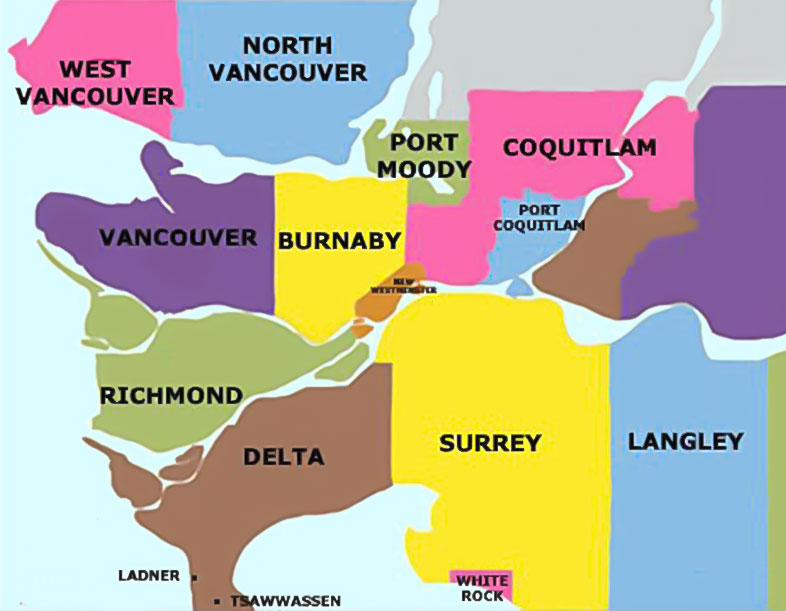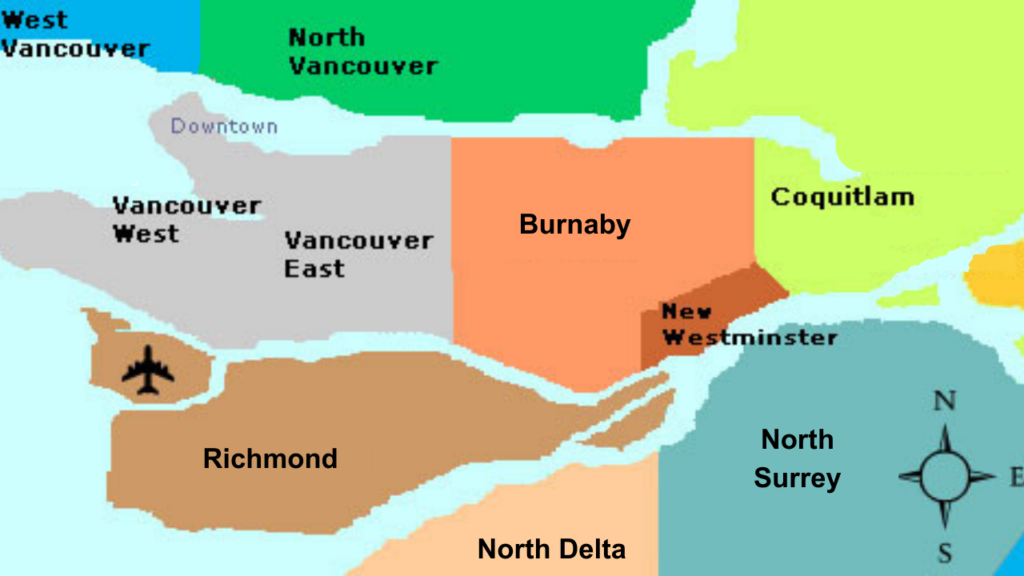Headaches can be debilitating, and one particular type that often flies under the radar is cervicogenic headache (CGH). In this blog, we’ll dive into the world of CGH, exploring its causes, symptoms, and its intriguing connection to Temporomandibular Disorders (TMD). Plus, we’ll discover how physiotherapy can be a game-changer in diagnosing and managing CGH.
Understanding Cervicogenic Headache (CGH):
CGH, a term coined in the 1980s, is characterized by one-sided head pain that originates in the neck (1 & 2). To diagnose it, specific criteria must be met:
-
- Neck as the Pain Source: The pain must have its source in the neck but is felt in the head or face.
- Attributable to the Neck: Evidence implicating the neck as the pain source, such as clinical signs or headache relief following diagnostic neck procedures.
- Resolution with Treatment: The pain should resolve within three months after treating the underlying neck problem
Unraveling the Causes:
CGH is often linked to cervical musculoskeletal issues:
-
- Cervical Degeneration: Changes in the cervical spine can contribute to CGH (1).
- Restricted Cervical Motion: Reduced neck flexibility, especially in rotation and flexion, is commonly observed (2).
- Muscle Impairments: Weakness in neck flexors and extensors, along with altered muscle control, can trigger CGH (3)..
Spotting the Symptoms:
CGH symptoms can be tricky to distinguish from other headache types like migraines or tension headaches (2). Common signs include:
-
- One-Sided Headache: Typically commencing after neck movements.
- Neck Stiffness: An accompanying discomfort or stiffness in the neck.
- Radiating Pain: Pain may extend to the head, face, or shoulders.
The Surprising Link with Temporomandibular Disorder:
Recent research has identified a clinical association between CGH and specific TMDs. TMDs are characterized by issues in the temporomandibular joint (TMJ) and surrounding muscles. Studies have shown higher odds ratios of CGH among individuals with painful TMD, especially pain-related and mixed TMDs (4).
The Healing Power of Physiotherapy:
When it comes to CGH, physiotherapy is a superhero (5). Here’s how it saves the day:
-
- Manual Therapy: Skilled hands-on examination and therapy can aid in diagnosis and improve cervical joint function.
- Motor Control Exercises: Targeted exercises for deep neck muscles enhance strength and coordination.
- Range of Motion Exercises: Specialized exercises focus on boosting cervical mobility.
- Multimodal Programs: Combining various physiotherapy techniques proves to be highly effective in managing CGH.
Cervicogenic headache is more common than you might think and can significantly affect your quality of life. Recent research has illuminated its connection with TMDs, providing new insights into its complex nature. Physiotherapy, including the expert services offered by Provectus Physiotherapy and Health Services, is a key player in diagnosing and effectively managing CGH, offering hope and relief to those who suffer from this often-overlooked condition. Early recognition and proper treatment, in collaboration with trusted providers like Provectus, are the keys to regaining a pain-free life.
References:
1. Verma, Satish et al. “Cervicogenic Headache: Current Perspectives.” Neurology India vol. 69, Supplement (2021): S194-S198. doi:10.4103/0028-3886.315992Jull,
2. Gwendolen. “Cervicogenic headache.” Musculoskeletal science & practice vol. 66 (2023): 102787. doi:10.1016/j.msksp.202
3. Anarte-Lazo, E et al. “Differentiating migraine, cervicogenic headache and asymptomatic individuals based on physical examination findings: a systematic review and meta-analysis.” BMC musculoskeletal disorders vol. 22,1 755. 3 Sep. 2021, doi:10.1186/s12891-021-04595-w
4. Greenbaum, Tzvika et al. “The association between specific temporomandibular disorders and cervicogenic headache.” Musculoskeletal science & practice vol. 52 (2021): 102321.
5. Cumplido-Trasmonte, C et al. “Manual therapy in adults with tension-type headache: A systematic review.” Neurologia vol. 36,7 (2021): 537-547. doi:10.1016/j.nrleng.2017.12.005








